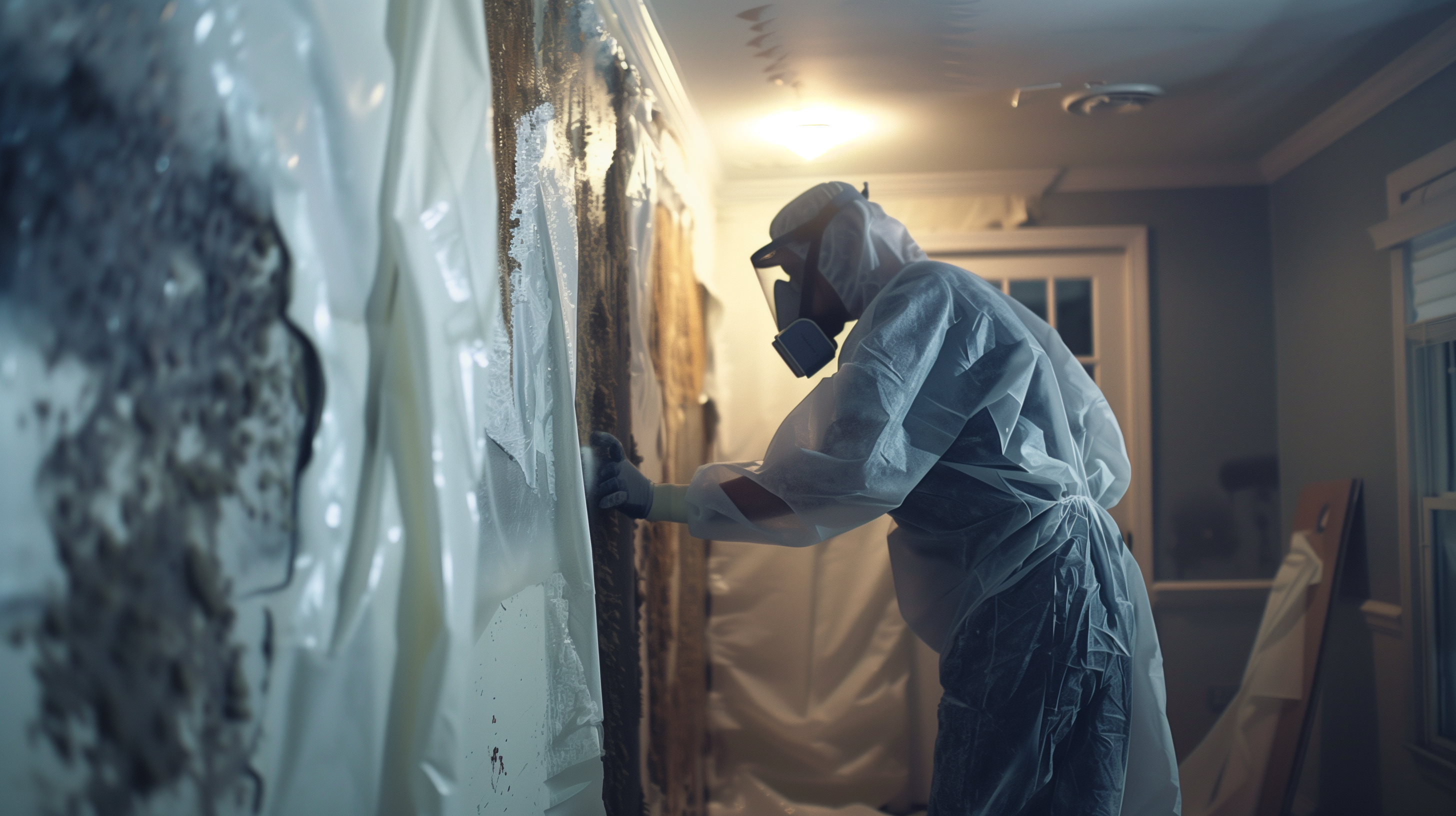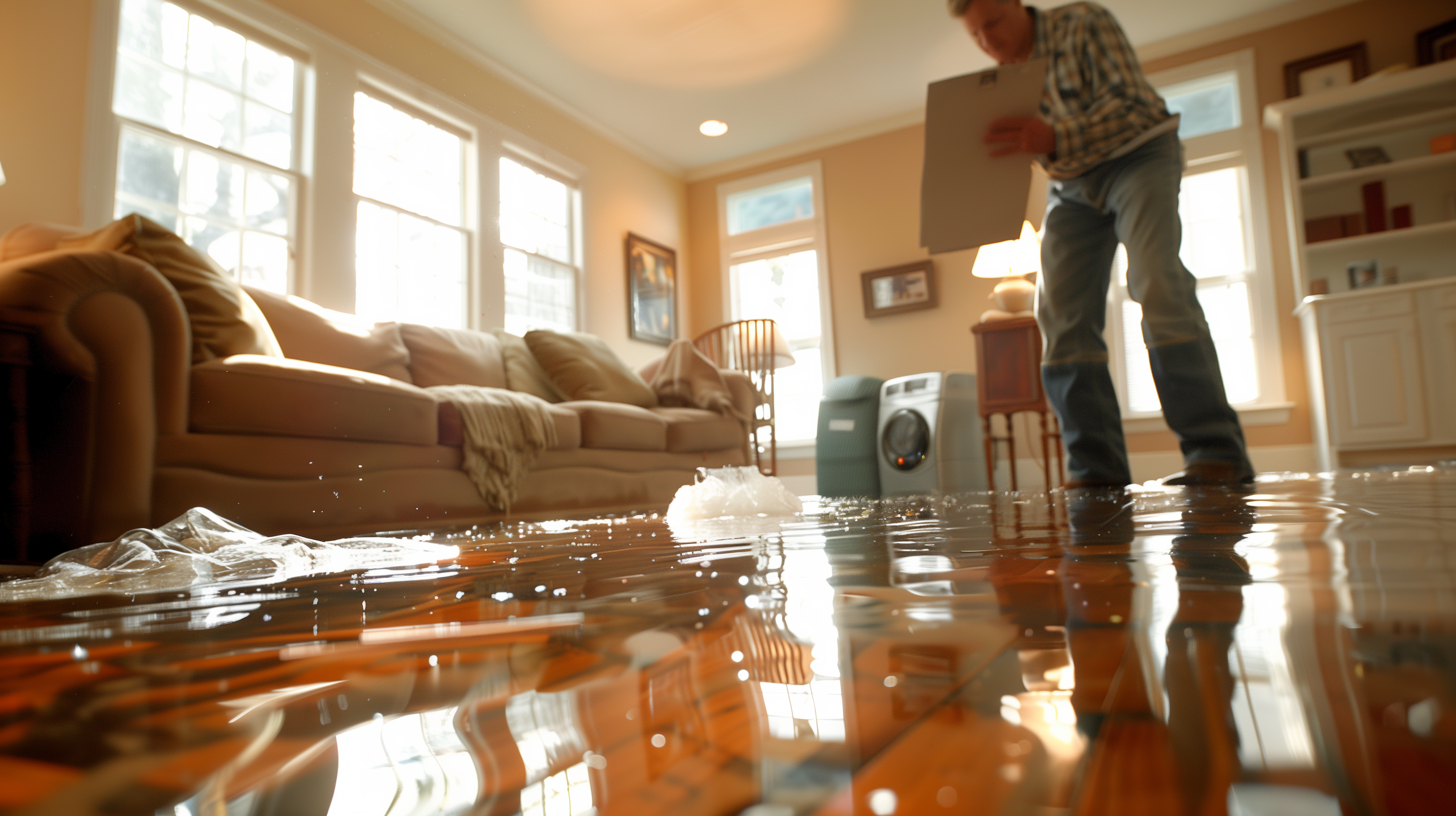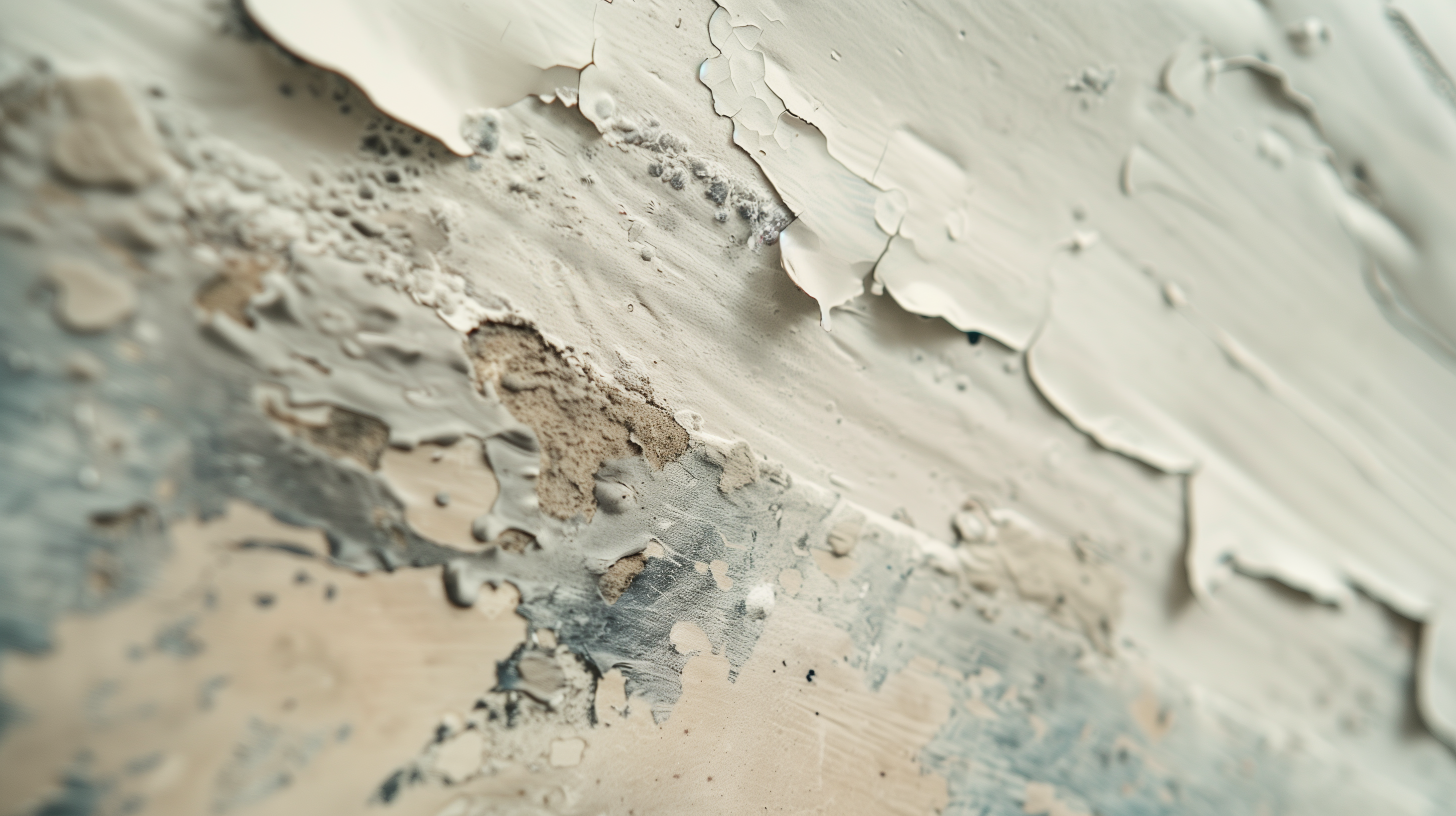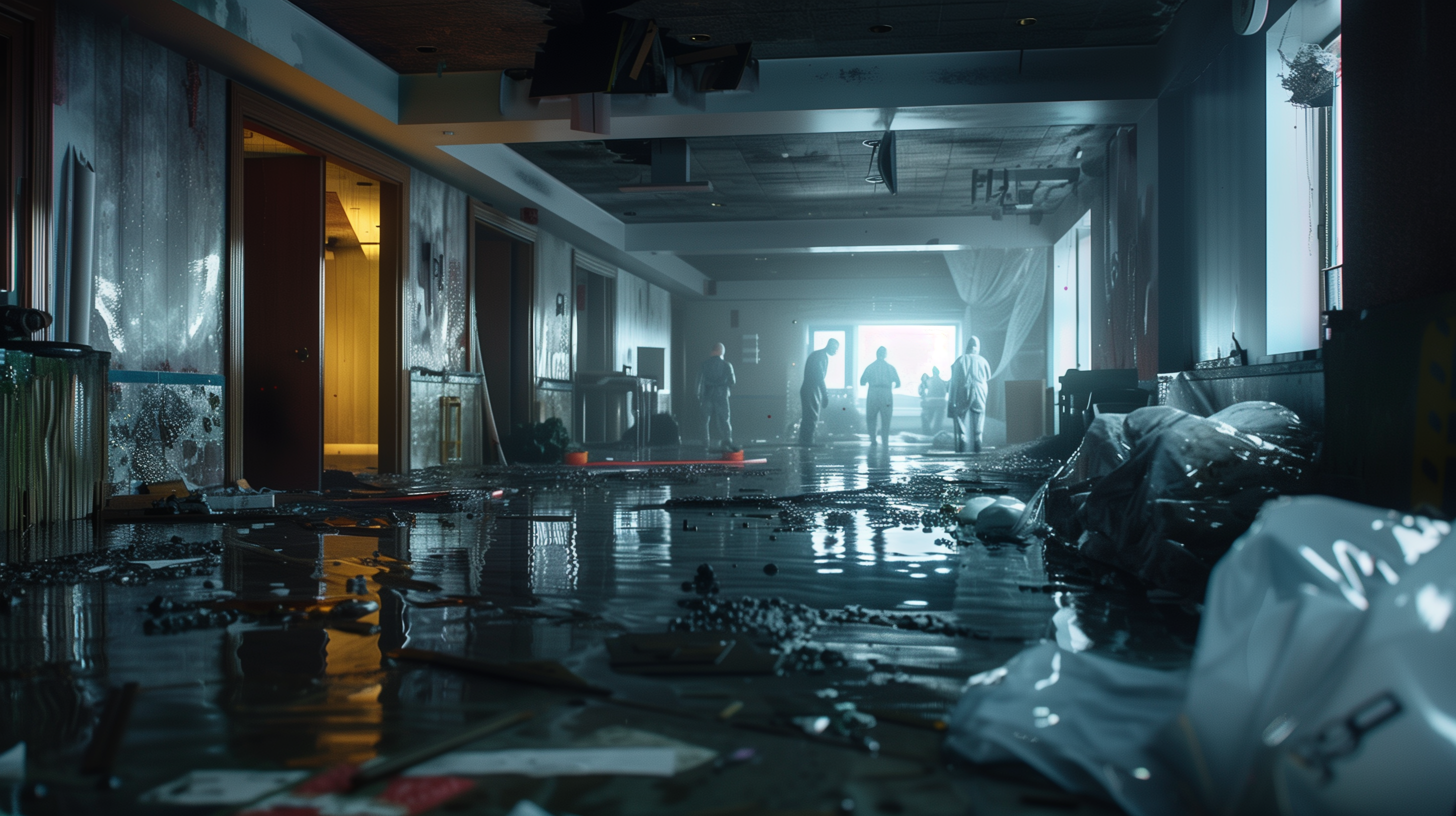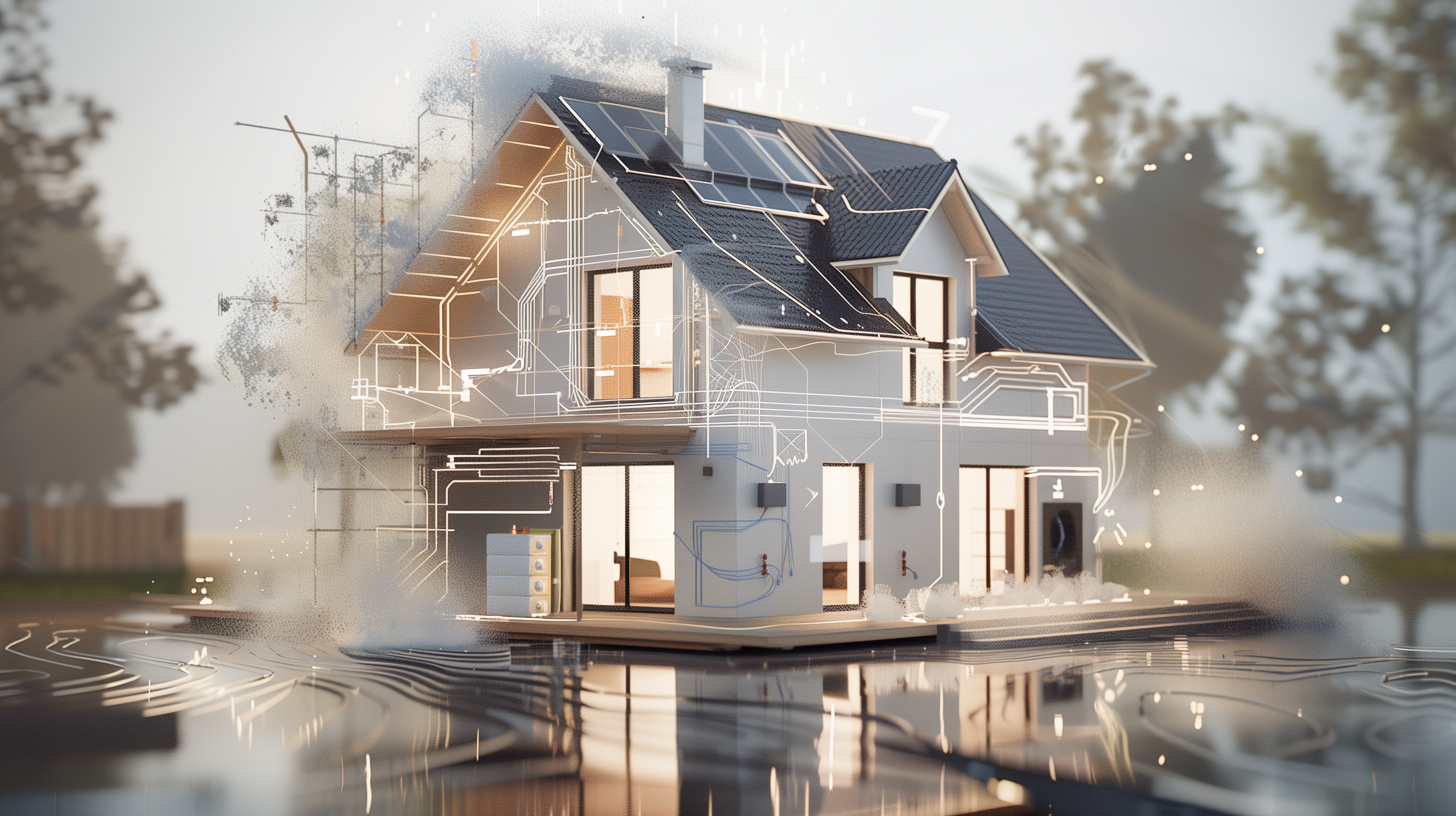Comprehensive Guide to Water Damage Mold Remediation: Prevention and Restoration Tips
Water damage and mold growth often go hand in hand. When water enters your home due to flooding, leaks, or burst pipes, it can create the perfect environment for mold to grow within just 24 to 48 hours. Mold not only damages the structural integrity of your home, but it also poses serious health risks. Mold remediation, particularly following water damage, is essential to restoring your home and preventing further issues.
In this blog, we’ll explore how mold forms after water damage, the steps involved in the mold remediation process, and effective prevention strategies to keep your home safe and mold-free.
What Causes Mold Growth After Water Damage?
Mold thrives in damp environments, making water damage the primary catalyst for mold formation. When water infiltrates your home, it can soak into carpets, drywall, insulation, and other porous materials. As moisture builds up, mold spores, which are always present in the air, begin to grow and spread, often hidden behind walls or under floors.
Common scenarios leading to mold growth include:
- Flooding: From heavy rains, storms, or burst pipes.
- Roof Leaks: Persistent water intrusion from a damaged roof.
- Plumbing Leaks: Undetected leaks behind walls or under sinks.
- Condensation: Poor ventilation leading to high humidity levels.
Without immediate intervention, mold can spread rapidly, causing damage that is both expensive to repair and dangerous to health.
Health Risks of Mold Exposure
Mold exposure, especially from water damage, can lead to a range of health issues, particularly for individuals with allergies, asthma, or compromised immune systems. The most common symptoms associated with mold exposure include:
- Respiratory problems
- Coughing and sneezing
- Eye, nose, and throat irritation
- Skin rashes
- Severe allergic reactions
- Asthma attacks
Toxic black mold, or Stachybotrys, is especially harmful, producing mycotoxins that can lead to more severe health concerns, such as chronic respiratory illness and neurological issues. Proper mold remediation is crucial to removing the mold safely and preventing long-term health problems.
Mold Remediation Process: Steps to Restore Your Home
Effective mold remediation following water damage involves a thorough process to ensure all mold is eliminated and the source of moisture is addressed. Below is a step-by-step guide to the typical mold remediation process:
1. Inspection and Assessment
The first step in the mold remediation process is a comprehensive inspection to identify the extent of the mold problem. Restoration professionals will assess the areas affected by water damage and test for mold growth. This typically includes visual inspections and moisture readings in walls, ceilings, and flooring.
2. Containment of Affected Areas
To prevent the spread of mold spores to other parts of the home, the affected area is isolated. This is done by sealing off the area with plastic sheeting and using negative air pressure to prevent the spores from traveling through the air.
3. Air Filtration
During the remediation process, high-efficiency particulate air (HEPA) filters are used to remove mold spores from the air. Air scrubbers and vacuums equipped with HEPA filters help to clean the air and prevent the mold spores from settling elsewhere in the home.
4. Removal of Contaminated Materials
Porous materials that have been heavily affected by mold, such as drywall, insulation, carpeting, and ceiling tiles, may need to be removed and disposed of. Non-porous materials can usually be cleaned and disinfected, but some items may be unsalvageable depending on the level of mold damage.
5. Cleaning and Disinfection
The next step is thoroughly cleaning all remaining materials and surfaces using special cleaning solutions, antimicrobial treatments, and disinfectants. Restoration professionals ensure that all surfaces, including walls, floors, and furniture, are free of mold spores.
6. Restoration and Repair
Once the mold remediation process is complete, the final step is to restore the affected area. This could involve replacing drywall, repainting walls, and installing new flooring, depending on the extent of the damage. The source of the water damage should also be repaired to prevent future mold growth.
Preventing Mold Growth After Water Damage
Prevention is key to avoiding mold after water damage occurs. Here are several steps you can take to reduce the likelihood of mold growth in your home:
1. Address Water Damage Immediately
The faster you respond to water damage, the less chance mold has to grow. Dry the affected area as quickly as possible using fans, dehumidifiers, and wet vacuums. Remove standing water and soaked materials within 24 to 48 hours to minimize mold risks.
2. Control Indoor Humidity
Mold thrives in humid environments, so it’s important to keep your home’s humidity levels below 50%. Use dehumidifiers, especially in moisture-prone areas like basements, bathrooms, and laundry rooms, and ensure your home is properly ventilated.
3. Fix Leaks Promptly
Even small leaks from a roof, window, or plumbing fixture can lead to mold growth if not repaired. Regularly inspect your home for leaks and fix them promptly to prevent excess moisture from building up.
4. Improve Drainage Around Your Home
Ensure that your property’s drainage systems are working properly, directing water away from the foundation. Clean gutters and downspouts regularly and grade the land around your home so that water flows away from the building rather than pooling near the foundation.
5. Use Mold-Resistant Products
When building or renovating, consider using mold-resistant products, such as mold-resistant drywall, insulation, or paints, in moisture-prone areas. These materials are designed to prevent mold growth, making your home more resilient to water damage.
Why Professional Mold Remediation Is Essential
Attempting to remove mold yourself after water damage can be dangerous and ineffective, especially if the problem is widespread. Without the proper tools and expertise, you may inadvertently spread mold spores throughout your home or fail to remove the mold entirely.
Professional mold remediation services ensure that:
- Mold is thoroughly removed using industry-grade tools and equipment.
- Proper containment measures are in place to prevent the spread of spores.
- Your home is restored according to local building codes, including safe removal of damaged materials and structural repairs.
By hiring certified professionals, you can ensure the mold problem is resolved and that your home remains a safe environment for your family.
Compliance with Building Codes for Mold Remediation
In Illinois, including the Chicago area, mold remediation must comply with local building codes and safety standards. The International Residential Code (IRC) and other local regulations specify guidelines for removing mold, repairing water damage, and ensuring safe air quality during the remediation process. Licensed contractors must follow these rules to guarantee your home is properly restored and to avoid future issues.
Conclusion
Mold growth after water damage is a serious issue that requires immediate attention to prevent structural damage and health risks. Knowing how to spot the early signs of mold, addressing the water source, and hiring professionals for mold remediation can help protect your home and family.
For expert water damage restoration and mold remediation services, contact Allied Emergency Services, INC. We specialize in rapid water damage response, ensuring your home is safe and mold-free.
Contact Information:
Phone: 1-800-792-0212
Email: Info@AlliedEmergencyServices.com
Location: Serving Illinois, Wisconsin, and Indiana with a focus on the greater Chicago area.
If you require immediate assistance or have specific questions, our human support is readily available to help you.
Disclaimer: This article is intended for informational purposes only. For professional advice, consult experts in the field.






